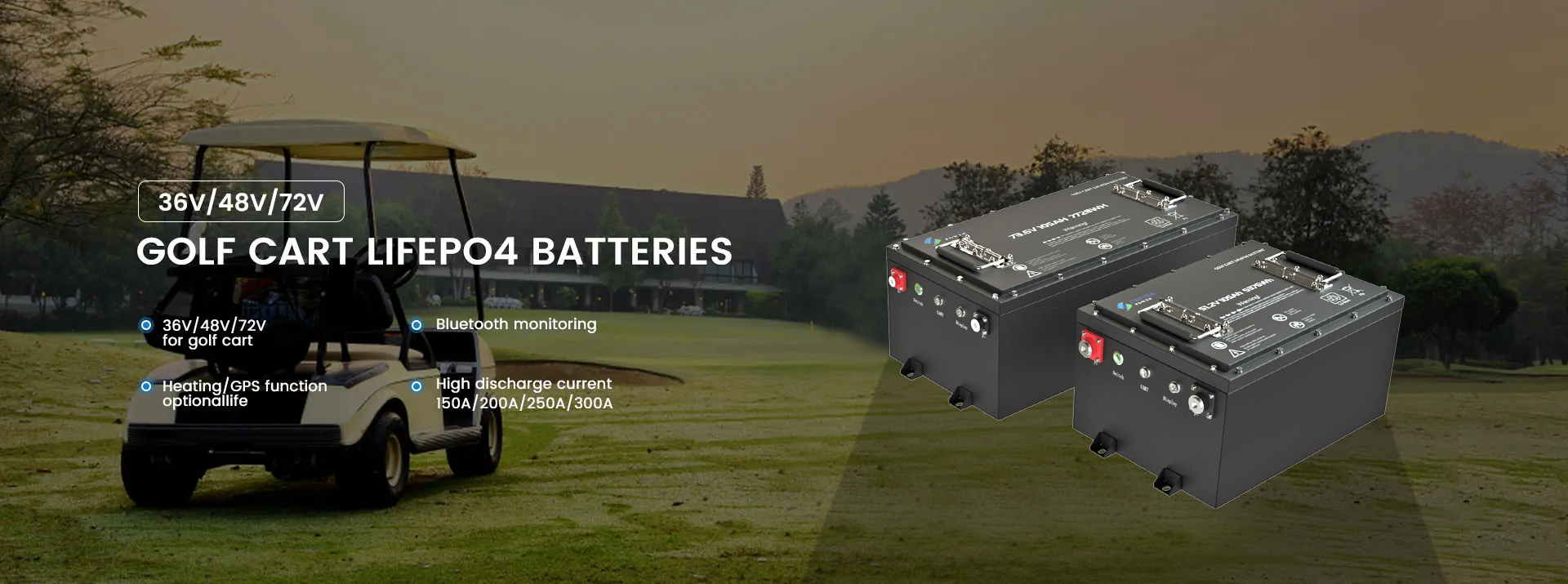A battery energy storage system, commonly known as a BESS, uses banks of rechargeable batteries to store excess electricity from the grid or renewable sources for later use. As renewable energy and smart grid technologies advance, BESS systems are playing an increasingly vital role in stabilizing power supplies and maximizing the value of green energy. So how exactly do these systems work?
Step 1: Battery Bank
The foundation of any BESS is the energy storage medium - batteries. Multiple battery modules or "cells" are wired together to form a "battery bank" that provides the required storage capacity. The cells most commonly used are lithium-ion due to their high power density, long lifespan and fast charging ability. Other chemistries like lead-acid and flow batteries are also used in some applications.
Step 2: Power Conversion System
The battery bank connects to the electrical grid via a power conversion system or PCS. The PCS consists of power electronics components like an inverter, converter, and filters that allow power to flow in both directions between the battery and the grid. The inverter converts direct current (DC) from the battery into alternating current (AC) that the grid uses, and the converter does the reverse to charge the battery.
Step 3: Battery Management System
A battery management system, or BMS, monitors and controls each individual battery cell within the battery bank. The BMS balances the cells, regulates voltage and current during charge and discharge, and protects against damage from overcharging, overcurrents or deep discharging. It monitors key parameters like voltage, current and temperature to optimize battery performance and lifespan.
Step 4: Cooling System
A cooling system removes excess heat from the batteries during operation. This is critical to keeping the cells within their optimal temperature range and maximizing cycle life. The most common types of cooling used are liquid cooling (by circulating coolant through plates in contact with the batteries) and air cooling (using fans to force air through battery enclosures).
Step 5: Operation
During periods of low electricity demand or high renewable energy production, the BESS absorbs excess power via the power conversion system and stores it in the battery bank. When demand is high or renewables are unavailable, the stored energy is discharged back to the grid through the inverter. This allows the BESS to "time-shift" intermittent renewable energy, stabilize grid frequency and voltage, and provide backup power during outages.
The battery management system monitors the state of charge of each cell and controls the rate of charge and discharge to prevent overcharging, overheating and deep discharging of the batteries - extending their usable life. And the cooling system works to keep the overall battery temperature within a safe operating range.
In summary, a battery energy storage system leverages batteries, power electronics components, intelligent controls and thermal management together in an integrated fashion to store excess electricity and discharge power on demand. This allows BESS technology to maximize the value of renewable energy sources, make power grids more efficient and sustainable, and support the transition to a low-carbon energy future.
With the rise of renewable energy sources like solar and wind power, large-scale battery energy storage systems (BESS) are playing an increasingly important role in stabilizing power grids. A battery energy storage system uses rechargeable batteries to store excess electricity from the grid or from renewables and deliver that power back when needed. BESS technology helps maximize the utilization of intermittent renewable energy and improves overall grid reliability, efficiency and sustainability.
A BESS typically consists of multiple components:
1) Battery banks made of multiple battery modules or cells to provide the required energy storage capacity. Lithium-ion batteries are most commonly used due to their high power density, long lifespan and fast charging capabilities. Other chemistries like lead-acid and flow batteries are also used.
2) Power conversion system (PCS) that connects the battery bank to the electricity grid. The PCS consists of an inverter, converter and other control equipment that allows power to flow in both directions between the battery and the grid.
3) Battery management system (BMS) that monitors and controls the state and performance of the individual battery cells. The BMS balances the cells, protects against damage from overcharging or deep discharging, and monitors parameters like voltage, current and temperature.
4) Cooling system that removes excess heat from the batteries. Liquid or air-based cooling is used to keep the batteries within their optimal operating temperature range and maximize lifespan.
5) Housing or container that protects and secures the entire battery system. Outdoor battery enclosures must be weatherproof and able to withstand extreme temperatures.
The main functions of a BESS are to:
• Absorb excess power from the grid during periods of low demand and release it when demand is high. This helps stabilize voltage and frequency fluctuations.
• Store renewable energy from sources like solar PV and wind farms that have variable and intermittent output, then deliver that stored power when the sun isn't shining or the wind isn't blowing. This time-shifts the renewable energy to when it's needed most.
• Provide backup power during grid faults or outages to keep critical infrastructure operating, either in island or grid-tied mode.
• Participate in demand response and ancillary service programs by ramping power output up or down on demand, providing frequency regulation and other grid services.
In conclusion, as renewable energy continues to grow as a percentage of power grids worldwide, large-scale battery energy storage systems will play an indispensable role in making that clean energy reliable and available around the clock. BESS technology will help maximize the value of renewables, stabilize power grids and support the transition to a more sustainable, low-carbon energy future.

Post time: Jul-07-2023





